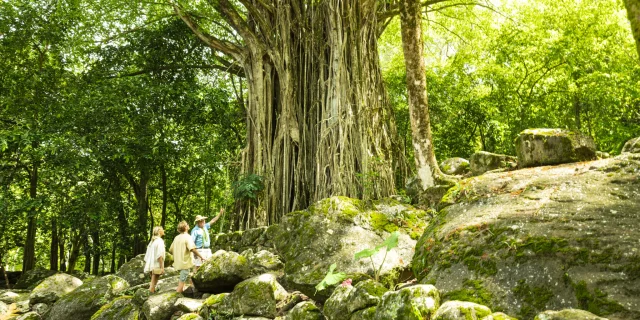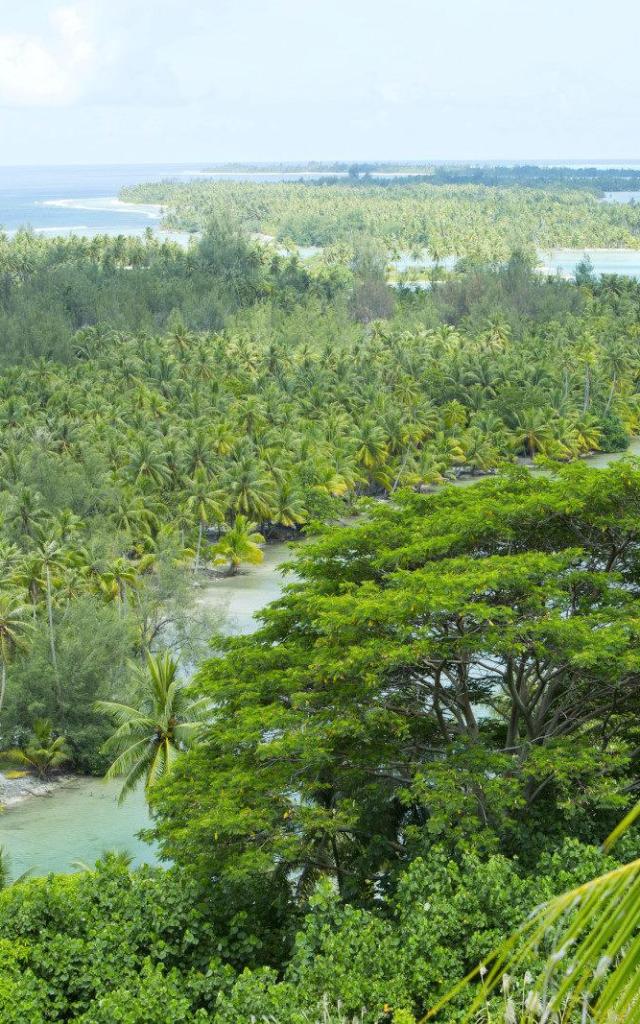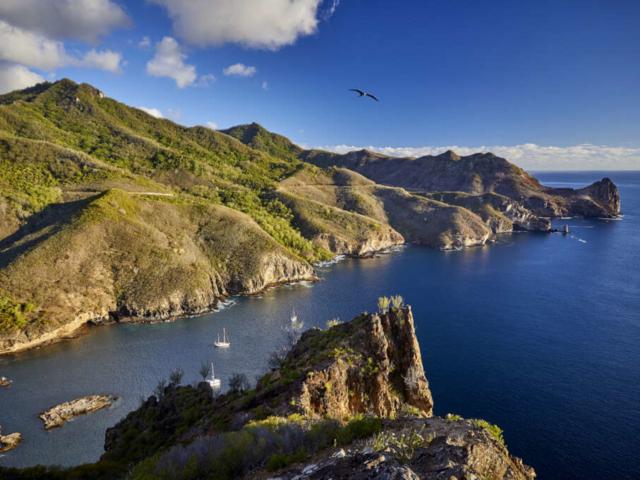What makes the reserve unique is the diversity of its lagoons. It features small enclosed lagoons like those of Taiaro and Niau, with hypersaline water in the former and brackish water in the latter. On the other hand, large lagoons open to the ocean, like that of Fakarava, boast impressive passes, including the largest in French Polynesia, which is 1,600 meters wide.
The fauna and flora are remarkable, housing rare, protected, and endemic species, such as the kestrel, or “koteuteu,” a species strictly endemic to the atoll of Niau.
By joining a recognized international network, the municipality and the residents of Fakarava aim to enhance and preserve their rich natural and cultural heritage passed down from their ancestors.






























